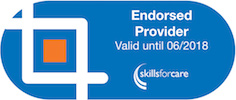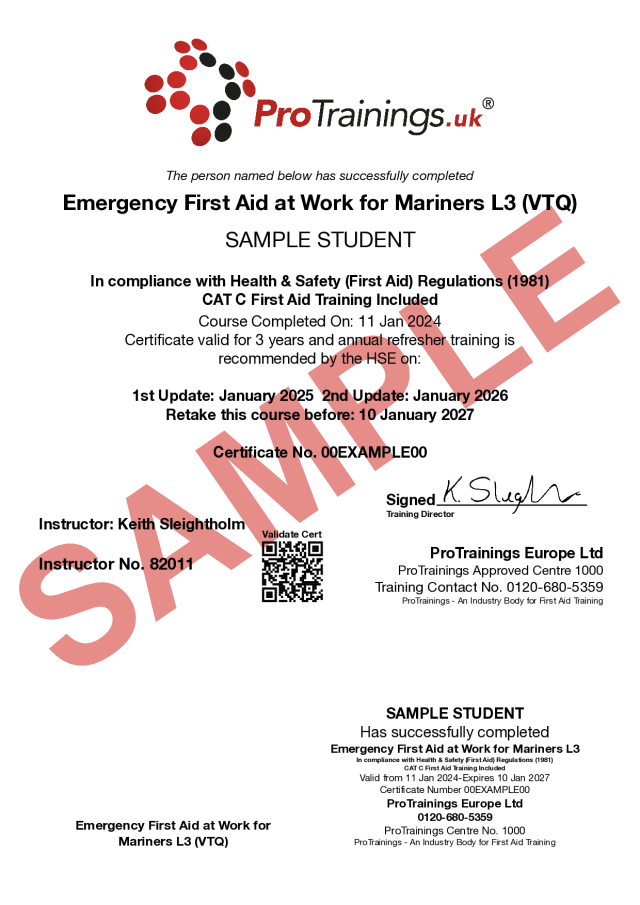Learn the essentials of First Aid for those who work at sea or on a vessel


This one day course is tailored to a marine type workplace and will contain similar content that derives from the standard workplace first aid qualifications.
First aid at work for mariners involves providing immediate medical care to a person who has been injured or taken ill while at sea or working on a vessel. The primary goals of first aid are to preserve life, prevent the condition from worsening, and promote recovery.
Some common first aid procedures for mariners include:
-
CPR (Cardiopulmonary resuscitation) - a life-saving procedure that involves chest compressions and rescue breathing.
-
Dealing with bleeding - applying direct pressure to a wound, elevating the injured body part, and using a tourniquet if necessary.
-
Treatment for burns - cooling the burned area with water, covering the wound with a sterile dressing, and seeking medical attention if the burn is severe.
-
Dealing with shock - elevating the legs, keeping the person warm, and monitoring vital signs.
-
Treatment for fractures - immobilising the injured area and seeking medical attention.
-
Treatment for sea sickness - providing anti-nausea medication, fresh air, and fluids.
Mariners should receive training in first aid and CPR, and vessels should be equipped with first aid kits, medical supplies, and emergency communication devices to ensure that proper medical care can be administered in case of an emergency.
The content of this and all our courses has been independently certified as conforming to universally accepted Continuous Professional Development (CPD) guidelines and come with a Certified CPD Statement as well as a ProTrainings Certificate and for online courses an Evidence Based Learning statement.






